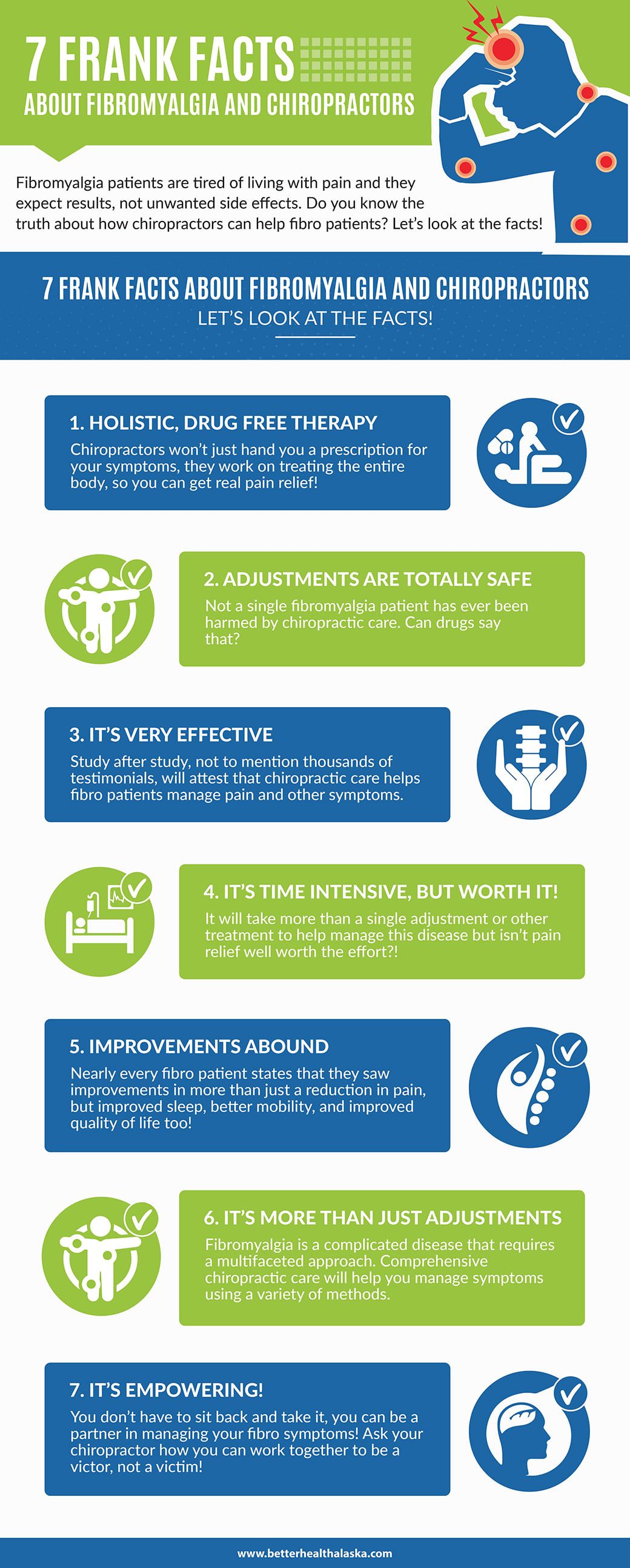Why Does Soft Tissue Treatment Pain? Recognizing The Process
Why Does Soft Tissue Treatment Pain? Recognizing The Process
Blog Article
Content Writer-Carson Rossi
When you go through soft Tissue therapy, you could discover it remarkably uncomfortable. This pain occurs as pressure is related to strained muscle mass and broken tissues, triggering your pain receptors. While it can really feel upsetting in the moment, there's a factor behind this sensation. Comprehending what happens in your body throughout these therapies can help you value the procedure. So, just what is going on below the surface area?
The Physiology of Discomfort Throughout Soft Tissue Therapy
When you undertake soft Tissue therapy, your body's feedback to pain is a complex interplay of physical processes. As the therapist uses stress, your body activates pain receptors, sending out signals to your mind. This activates the launch of natural chemicals, such as compound P and glutamate, which magnify the feeling of pain.
Your muscular tissues might additionally tense up in reaction, additional complicating the experience. Furthermore, your body might launch endorphins, all-natural medicines that can aid ease some discomfort.
The interaction between these procedures can create a distinct experience for every person. Comprehending this physical action helps you browse the sensations during therapy, allowing you to appreciate the balance between discomfort and the possibility for healing benefits.
The Duty of Discomfort in the Recovery Process
Although discomfort throughout soft Tissue therapy can feel frustrating, it plays a critical duty in the recovery process. When you experience pain, your body is signifying that it's working to fix damaged cells. This reaction helps enhance blood circulation to the afflicted location, providing important nutrients and oxygen needed for healing.
In addition, pain can advertise the launch of endorphins, your body's natural painkillers, producing a feeling of alleviation post-treatment. Accepting this pain can help you recognize your body's limitations and encourage you to attend to underlying concerns.
While it's uncomfortable now, this process is important for lasting healing and improved function. Acknowledging pain as an essential part of recovery can encourage you to remain dedicated to your treatment.
Tips for Taking Care Of Pain Throughout and After Therapy
Managing pain throughout and after soft Tissue therapy can considerably enhance your total experience and recuperation.
To begin, communicate honestly with your therapist about your pain levels; they can readjust methods as necessary. Utilizing deep breathing strategies can additionally assist you kick back and reduce discomfort.
Think about applying ice to the cured area post-session to lower swelling and numb soreness. Staying hydrated https://www.hospimedica.com/surgical-techniques/articles/294781452/microdiskectomy-bests-nonsurgical-care-for-sciatica-pain.html in the recuperation process, so consume alcohol plenty of water.
Mild stretching and light motion after therapy can advertise blood circulation and convenience tightness. Last but not least, ensure you get sufficient remainder to allow your body to heal.
Implementing these pointers can make your soft Tissue therapy extra workable and satisfying.
Final thought
Finally, while soft Tissue therapy can be uneasy, it's essential to acknowledge that this discomfort plays an essential duty in your healing trip. By recognizing the physical responses at play, you can come close to the treatment with an extra favorable frame of mind. Keep in mind, the first discomfort frequently paves the way to relief as your body releases endorphins. Welcome https://www.google.com/maps/place/Return+to+Play+Institute,+LLC+(Miami)/@25.726017,-80.26406,17z/data=!3m1!4b1!4m6!3m5!1s0x88d9b7b4207e8303:0xb1493a6e0d5a272b!8m2!3d25.726017!4d-80.26406!16s%2Fg%2F11lf8185yp?hl=en&entry=ttu&g_ep=EgoyMDI0MTAwOS4wIKXMDSoASAFQAw%3D%3D , and do not hesitate to make use of the pointers for taking care of discomfort to improve your experience and healing.
